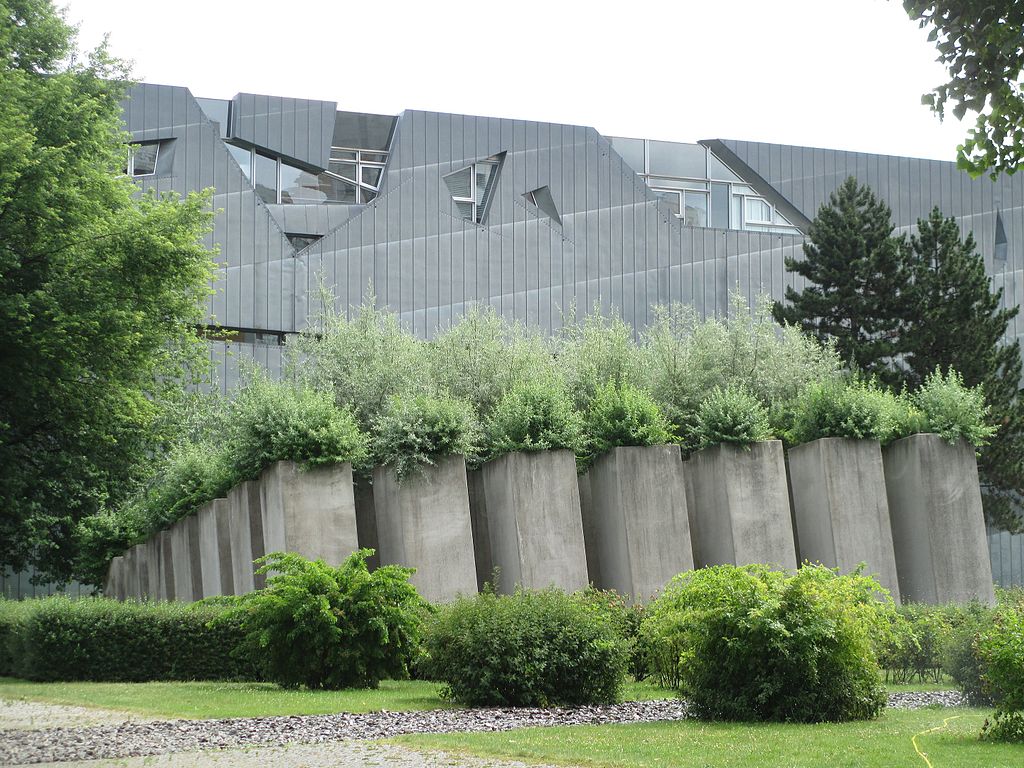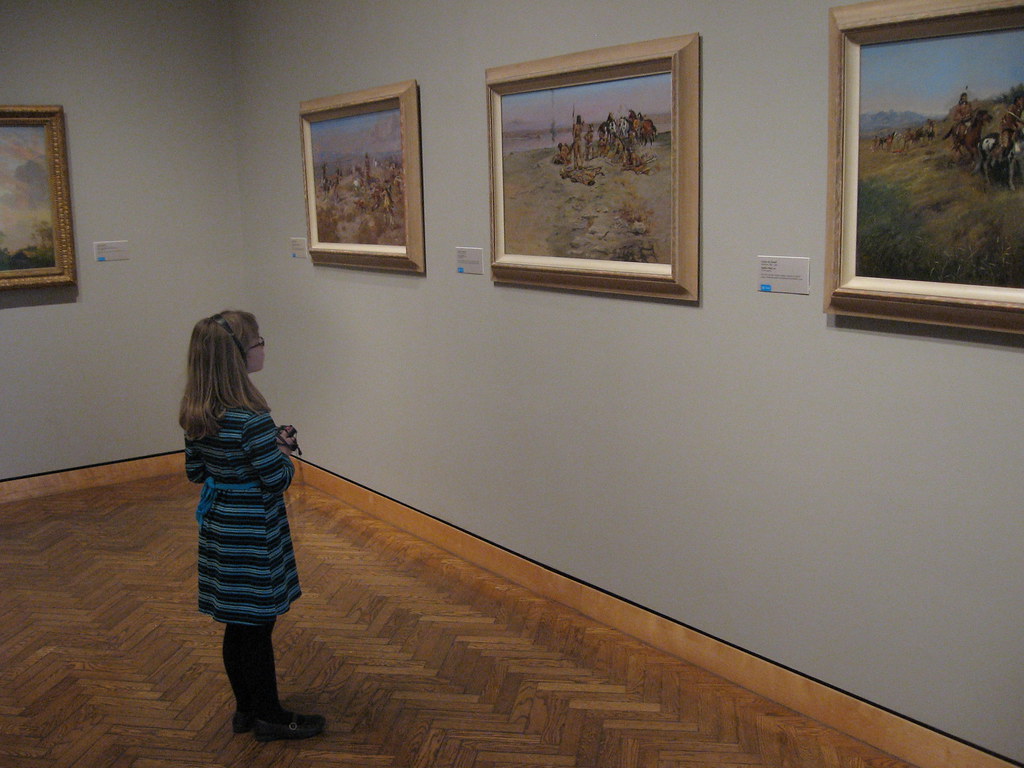
Marzia Varutti
Research Fellow, Swiss Center for Affective Sciences, University of Geneva (Switzerland)
Museums have no borders,
they have a network
September 14, 2022
Keywords: emotions; affect; empathy; museums; exhibitions.
All museums engender emotions: what is represented in an exhibition may influence what visitors will know, think, remember and do – as a consequence of how they felt while experiencing it.
Museums have aimed to affect visitors since the emergence of 16th century cabinets of curiosity and their wondrous contents. In the 19th century, the Great Exhibitions – large fairs displaying the cultural and industrial achievements of nations – amazed visitors with the scale, ingenuity and exoticism of their displays; these emotional reactions served as a basis for museums to instil, envision, and materialise ideologies of nationalism, imperialism and modernity. Contemporary museums continue to leverage the establishment of emotional connections with visitors through carefully curated exhibitions (Varutti 2020, 2021). In this article, I present three complementary perspectives on how emotions are transforming museum practice, by provoking the rethinking of exhibition design, institutional re-assessment, and new ideas and approaches engendered by research.
Exhibition design and emotions
The current context of global crises – humanitarian, health, environmental, racial and social justice – has forced museums to deal to an unprecedented extent with situations and topics that engender a range of emotional responses, from anxiety to fear, despair, nostalgia, and hope. In the face of new emergencies, museums are no longer merely sites of representation; increasingly, they are promoters of social change and sites of social activism. Curatorial practice is adapting rapidly by forging exhibition narratives that explicitly invoke vulnerability, resilience, and empathy, offering a roadmap with which to navigate the emotional volatility and uncertainty of our times.
The Jewish Museum in Berlin is one pioneer museum institution that is fully engaging with emotions, and remains to this day one of the best illustrations of how emotions can be embedded not only in the design of an exhibition but also in the architectural structure of the museum. This is achieved, for instance, by allowing visitors to experience sensory deprivation in certain areas of the museum called ‘museum voids’: these are cold, empty and almost completely dark areas in which visitors are invited to dwell. Similarly, visitors will experience sensory alteration when visiting the museum’s ‘garden of exile’, a series of labyrinthine structures with concrete columns sheltering slanted grounds that temporarily disorient visitors. In these instances, the emotional and embodied dimensions of the visit build on each other to create museum experiences that materialise the politics of space and memory, that is, how memory and reflection are stimulated through a skilled organisation of space.

Emotions as institutional remit
Eliciting positive emotions such as empathy is no longer an incidental or secondary outcome, but has rather become the thematic fulcrum for large, radically innovative museum initiatives (Gokcigdem 2016). This is the case, for instance, at the Minneapolis Institute of Art (MiA), which in 2017 established a Center for Empathy and Visual Arts (CEVA) with the aim ‘to research and explore best practices for fostering empathy and global awareness through the power of art’ (CEVA White Paper). Among other initiatives, the Center and MiA have developed ’empathy tours’: flexible, longer-than-usual guided tours where artworks become springboards for dialogues aimed to foster empathy among participants. For instance, in front of a portrait of a woman, the guide might ask visitors ‘How do you think she’s feeling?’ and then invite participants to share their own stories and develop their own personal interpretation of that artwork, within a safe space enabling self-reflection and imagination. The goal is to facilitate a process whereby participants observe and examine their own perspectives, and in turn experiment with considering alternative points of view. Whilst the tours have been run by museum educators, it is important to note that all MiA staff receive training classes from empathy experts, thus leading to the integration of concerns for empathy in all areas of museum practice.

In a similar vein, the Empathetic Museum is a cluster of museum professionals who have joined forces around the concept of ‘institutional empathy’ to signify – ‘the intention of the museum to be, and be perceived as, deeply connected with its community (…) an empathetic museum is so connected with its communities that it is keenly aware of their values, needs, and challenges’ (Jennings et al. 2019, 511-12). The Empathetic Museum platform offers professional development workshops and a free online toolkit, the ‘Maturity Model’, designed to assist museums in their efforts to foster empathy. The toolkit provides input to assess and rethink the entire institutional set up around five axes identified as markers of empathetic practice: civic vision; institutional body language; community resonance; timeliness; and performance measures.
Although different in their institutional format and approaches, initiatives such as the Empathetic Museum and the Center for Empathy and Visual Arts at the Minneapolis Institute of Art indicate that a focused engagement with emotions in museums is increasingly pressing and consequential.
Emotions as a focus of research
In spite of the proliferation of museum initiatives activating visitors’ emotions, in the field of museological research it is only recently that emotions have become a prime area of investigation, in connection with the broader surge of interest for affect across the human and social sciences . Ground-breaking research on emotions in museums has addressed pedagogies – proposing for instance ‘pedagogies of feeling’ (Witcomb 2015) or investigating how awe affects memory (Price et al. 2021) – and visitors’ responses to traumatic topics and ‘difficult heritage’ such as war and colonialism (e.g. Smith et al. 2018). Emotions, however, are pervasive and imbue every facet of museum theory and practice. This calls for more research, both in terms of reception (emotions among museum visitors) and production (acknowledging emotions as key components of museum practices). In particular, more research might cast light on the emotions experienced by museum professionals behind the scenes, in museum storage, in the archives, in conservation laboratories, in meeting rooms – and how museum professionals’ emotions relate, or come to have a bearing on the emotions experienced by visitors.
There are multiple reasons why the time is ripe to investigate and experiment with emotions in museums: a renewed awareness of the historical centrality of emotions in museums, the new roles that museums are playing in the face of the current global crises, the vibrancy of innovative museum initiatives focused on emotions such as empathy, and quite simply, because there is a pressing need to study and theorise all of these transformations.
Funding
This work was supported by the EU MSCA-IF-2020 grant n.101022941.
References
Gokcigdem, E. 2016. Fostering Empathy Through Museums. Lanham: Rowman and Littlefield.
Jennings, G., et al. 2019. ‘The Empathetic Museum: A New Institutional Identity,’ in Curator: The Museum Journal Vol. 62, No. 4, pp. 505-26.
Price, C. et al. 2021. ‘Awe & Memories of Learning in Science and Art Museums’. Visitor Studies 24 (2): 137–65.
Smith, L., M. Wetherell, and Campbell G. eds. 2018. Emotion, Affective Practices, and the Past in the Present. London: Routledge.
Varutti, M. 2020. ‘Vers une Muséologie des Émotions,’ in Cultures et Musées, Vol. 36, pp.171-177. Available at: https://journals.openedition.org/culturemusees/5751 [ Accessed 12 May 2022]
Varutti, M. 2021. ‘Affective Encounters in Museums,’ in Þóra Pétursdóttir and Torgei Rinke Bangstad eds., Heritage Ecologies, London: Routledge, pp.129-144.
Witcomb, A. 2015. ‘Toward a Pedagogy of Feeling’ in International Handbook of Museum Studies, S. MacDonald and H. R. Leahy, eds., Oxford: Blackwell, pp.321-344.
